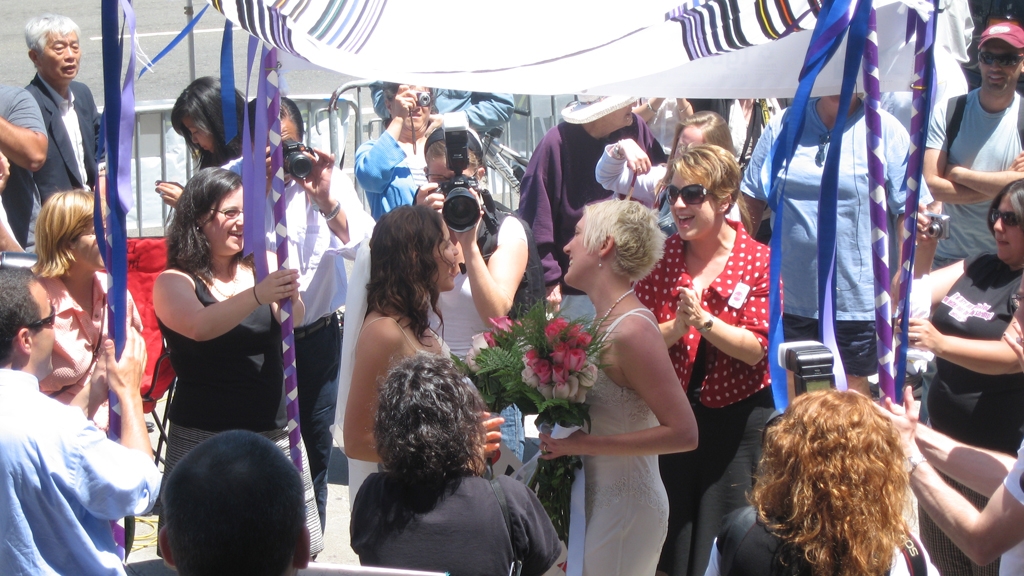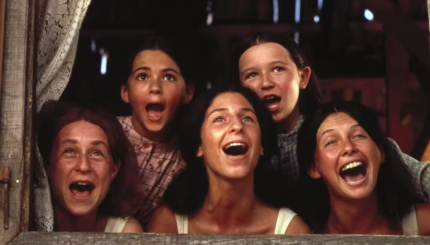Genesis tells us that God recognized “it is not good for man to be alone” and created the first human couple, Adam and Eve. Their “marriage” ensured the propagation and survival of humanity, and the joy of this archetypal couple is reflected in one of the Jewish wedding blessings: “Make these beloved companions as happy as were the first human couple in the Garden of Eden.”
Jewish marriage is not merely a secular legal partnership, but a union sanctified by God. Marital obligations, therefore, are not merely personal, but have implications for universal harmony. The existence of God as a “silent partner” in Jewish marriage endows a relationship with sanctity and solemn commitment.
Judaism views marriage as the basis of human companionship and the cornerstone of Jewish community. As the venue for fulfillment of the biblical commandment of p’ru u’rvu, be fruitful and multiply, Jewish marriage is also the basis of Jewish survival.
Desirable times for a Jewish wedding have been set by both custom and law, but Jewish weddings traditionally are not held on the Sabbath; on the holidays of Rosh Hashanah, Yom Kippur, Passover, Shavuot, and the first and last days of Sukkot; and around certain fast days.
With your help, My Jewish Learning can provide endless opportunities for learning, connection and discovery.
How Has Jewish Marriage Evolved?
Over time Jewish marriage has evolved from a property transaction to a more spiritual commitment. In biblical times the fathers arranged marriages. Because the father of the bride would be losing a valuable household worker, he received from the groom’s father a bride price, called mohar, in exchange for his daughter. The groom would also give gifts to the bride, called mattan. Over time, the mohar evolved into a gift to the bride’s father, a portion of which he passed on to his daughter.
During late-biblical and post-biblical times the economic situation worsened. Because men were afraid to marry and take on extra financial responsibilities, fathers began to offer dowries to attract eligible men. To relieve the groom’s financial burden at the time of marriage, the mohar was transformed again, this time into a lien to be paid by the husband to the wife in case of divorce. This change also gave the bride some protection against an arbitrary divorce.
Eventually a minimum for this obligatory lien was specified in the marriage contract, known as a ketubah: 200 dinars for an unmarried girl and 100 for a widow. The groom could also provide an “additional ketubah,” a gift corresponding to the ancient mattan.
What Were the Rituals of Marriage?
Until the late Middle Ages, marriage consisted of two ceremonies separated in time: the betrothal and the actual wedding.
The betrothal was a legal marriage and could only be dissolved by a formal divorce, yet the woman remained in her father’s house. The betrothal constituted the actual “purchase” of the bride, and her later move to the groom’s house, the “delivery” of the purchased “property.”
By talmudic times, a betrothal celebration followed the signing of the ketubah. The groom gave the bride an object valued at less than a prutah (small coin) and declared in the presence of two witnesses: “Be thou consecrated to me, be thou betrothed to me, be thou my wife.” The betrothal itself was renamed as kiddushin, implying sanctification or setting apart and suggesting a spiritualization of the original property transaction. A betrothal blessing prohibited forbidden unions and permitted only unions sanctified by Jewish marriage.
The actual wedding, approximately a year later, was preceded by a lively procession escorting the bride to the home of the groom. The chuppah (today, the marriage canopy) was originally a decorated pavilion in the house of the groom or his father, where the sheva berakhot, or seven blessings, were recited over a cup of wine. Contributing in any way to the joy of the bride and groom was deemed a mitzvah (a religious obligation).
Today, the betrothal and wedding generally both take place under the chuppah. As is still the custom today in traditional communities, the celebration continued for seven days at festive meals where the sheva berakhot were repeated following the grace after meals.



